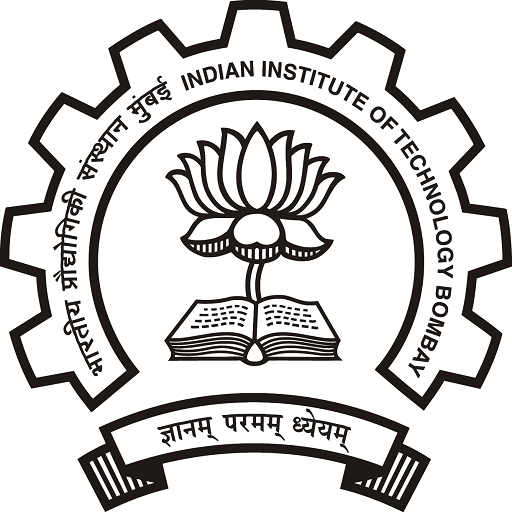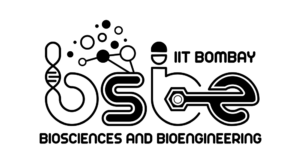BB403: Biomolecular Spectroscopy
Electromagnetic and quantum theory of radiation; Wave-particle duality; Photons; Interaction of light with matter, Transition dipole moment; Jablonsky diagram; UV-visible absorption spectroscopy: Beer-Lambert’s law; applications of UV-visible difference Spectroscopy; Circular dichroism in protein analysis: Fluorescence spectroscopy of Biomolecules: quantum yield, static and dynamic quenching of fluorescence, energy transfer, polarization, anisotropy, time-resolved fluorescence; Vibrational Spectroscopy: IR, FT-IR and Raman spectroscopy of biomolecules. Nuclear Magnetic Resonance Spectroscopy: chemical shifts, coupling constants, ring currents, paramagnetic shifts, spin-spin and spin-lattice relaxation times, NOE, chemical exchange, applications application to biomolecular structure and dynamics; Mass spectrometry of biomolecules; X-ray diffraction: Crystal systems and space groups, Miller indices and space lattices, Diffraction of x-rays and Braggs law, Electron Microscopy of Biomolecules and fluorescence microscopy.
Text/References :
- C.R. Cantor & P.R. Schimmel; Biophysical Chemistry, Part-2. W.H.Freeman & Co. 1980.
- J.R. Lalcowicz; Principles of Fluorescence Spectroscopy. Plenum Press.
- J.D. Campbell & RA. Dwek; Biological Spectroscopv. Benjamin, 1984.
- P.S.C. Mathews; Quantum Chemistry of Atoms and Molecules. Cambridge University Press, 1986.

